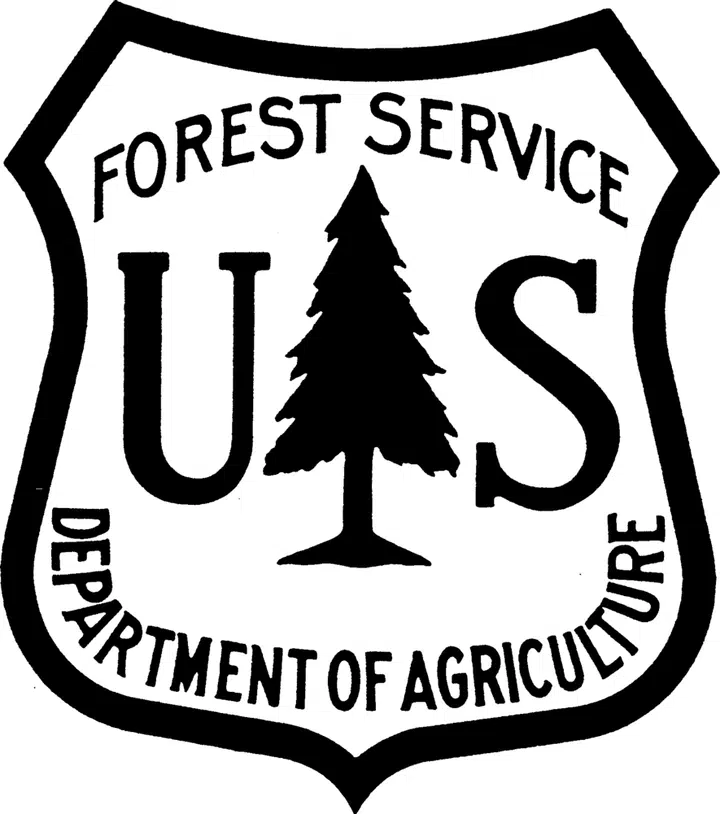Community Forestry
Resource Library

Browse our resources and best practices for managing your woodlands. From assessing your land to controlling invasives, we want you to feel empowered to make informed decisions.
- How much wooded acreage do you have? Are the boundaries marked? There are some professionals (https://ohiosurveyor.org/) who do this, but if you want to do it yourself, check out your county auditor’s website, or even use Google Earth to help walk your property and mark boundaries. This document includes detailed instructions on how to clearly mark your property lines.
- What do you love about your property? What goals do you have? Check out pages 5-6 of the Small Woodland Management Manual to help you identify your priorities and objectives. Online resources like MyLandPlan.org can also help you get started.
- What are your existing resources and constraints? This includes the money, time, or physical limitations you have for management activities.
- Do you know the history of your property, and what was the past land use? How old is the forest?
- What is growing in your woods? An essential step in determining what you want to do in your woods is to understand which species live there. Here’s an excellent free Tree ID Booklet and a Searchable Native Tree Species Guide from ODNR.
- Are you familiar with basic forestry terminology? This can be helpful when speaking to a natural resource professional or consulting forester about your goals. Check out our glossary of common forestry terms.
- See section 2 of the Small Woodland Management Manual, which offers tips on how to begin assessing your woodland yourself.
- Consider looking into the Rapid Upland Forest Assessment (RUFA), a quick way to assess the health of midwestern hardwood forests, developed by natural resource professionals at Holden Forests & Gardens.
- For professional advice, consider reaching out to someone who is trained to assess forest health, like a service forester or a consulting forester.
- Landowners have a few options when it comes to forestry professionals. The most common are government funded service foresters who provide forest management advice and education as a public service, and consulting foresters, who can be hired by individual landowners to help them achieve specific goals.
- The Working Woods Hub at Holden Arboretum employs two consulting foresters. More information about their services can be found here.
- Organizations like Ohio Woodland Stewards offer invaluable classes, webinars, and newsletters about how to care for your woods.
Assistance, Certifications and Incentives
There are several options for landowner assistance through governmental programs and other organizations. These include:
- Cost-share programs such as EQIP (Environmental Quality Incentives Program) offered by NRCS (Natural Resources Conservation Service)
- Consider certifying your woods through the American Tree Farm System, which partners with landowners to help them steward their woods towards certain goals.
- If you choose to hire a vendor to do work on your property, Ohio Resource Connection is a great place to start.
- If you have any questions, service foresters or consulting foresters can help you navigate these programs
- Consider a timber harvest: but ALWAYS speak to a forester first. This is an absolute must to get a fair price and ensure the well-being of your forest! Foresters can help you determine answers to questions like, “What am I hoping to leave behind after a timber harvest?” and “Do I need to consider cutting trees, or can I profit from my land in another way?”
- Cultivate and sell non-timber forest products such as:
- Maple syrup
- High-value edible or medicinal mushrooms
- Ginseng, black cohosh or other medicinal forest plants
- Firewood (but please only sell locally)
- See our collection of resources about non-timber forest products like shiitake mushrooms and maple syrup here.
- Landowners in Ohio also have the option to receive compensation for allowing hunting on their property – which has the ecological benefit of reducing deer pressure on your forest. Learn more about this program here.
- Check out these additional resources that may be helpful on managing woods for income:
Conservation for Future Generations
- There are few things more powerful than a connection to the land. Whether you want to pass the land down to family, or want to ensure that it is never developed, there are resources for you to protect your woodland legacy.
- Designate your land as a conservation easement with a local land conservancy
- Or browse this list of conservancies in the state of Ohio
- The first step in reducing invasive plants in your woods is to learn to identify them. Check out the following resources to help familiarize you with common invasive plants in our region:
- Pages 20-24 of the Small Woodland Management Manual contains more detailed instructions on how to tackle invasive species in your woods
- If you choose to use herbicide in your woods, something like a DIY handheld stamper can be a great option.
- Check out this resource from the Ohio Bird Conservation Initiative on managing small forest patches for bird habitat. Love bees and butterflies too? Click here to access Holden’s pollinator garden planting guide.
- Pages 25-28 of the Small Woodland Management Manual are also full of tips to increase habitat in your woods.
- Visit this page of tips on managing for wildlife from ODNR
- Consider making a “soft edge” on your woodland where young shrubby natives and trees can grow, and more species of birds and mammals thrive.
- Check out pages 30-32 of the Small Woodland Management Manual
- This Tree Care Toolkit is also a helpful resource for planting individual trees
- Are you a hunter without access to woodland, or a landowner with heavy deer pressure on your woods? The Ohio DNR has created a federally funded program that pays landowners to allow hunters to access their properties. Learn more about that program here.
- This article offers some options for getting started building trails on your land. The options are endless – a trail system can be built out to include features like mountain biking paths, campsites, favorite foraging spots, and more.
- Curious about forest farming? Ohio forests are incredible places to cultivate or forage “goods from the woods.” Explore our resource catalog to find links about everything from agroforestry to an indigenous history of spicebush.
- Also, check out our printable forest farming quick guides, which include beautiful illustrations and instructions for cultivating non-timber forest products that thrive in Northeast Ohio.
- For old, already healthy forests: Consider buffering and protecting actions such as minimizing human activity/throughways and/or cleaning off boots to prevent invasive seed from entering the woods. Sometimes preservation is the best management action.
- For invaded woods: Control those weeds! Invasive plant management can bring health, biodiversity, and regeneration back to stagnated woods.
- For woods that don’t have much regeneration: Understand the impacts of deer and consider hunting or culling if the browse pressure is too high. Check out page 29 of the Small Woodland Management Manual for more advice on managing negative deer impacts.
- For young, densely stocked woods: Consider talking to a consulting forester to see if an improvement cut could aid in biodiversity and individual tree health, while also providing some structural diversity.
- Pages 33-34 of the Small Woodland Management Manual provide more detail on what an improvement cut entails.
Not a woodland landowner? You can still support healthy ecosystems!
- There is a lot you can do with just a backyard! Check out the Wild Backyard program from Summit Metroparks and the Nature in My Backyard program from the Audobon Society of Greater Cleveland.
- And of course, you can always volunteer. Organizations like Holden Forests & Garden always have volunteer opportunities, or check out your local park district or land conservancy for more ideas!




